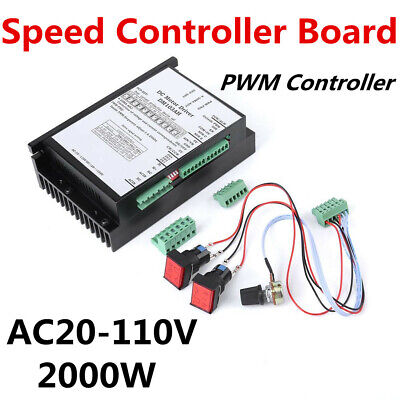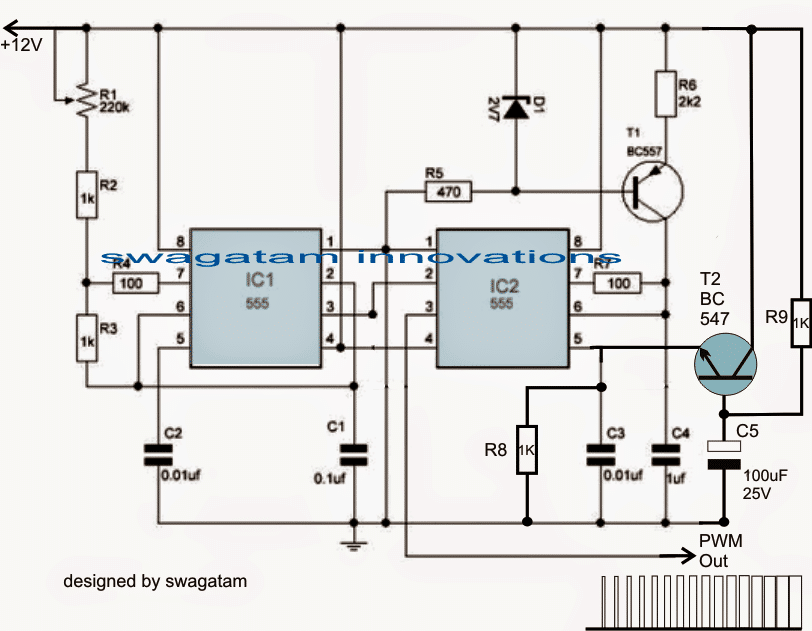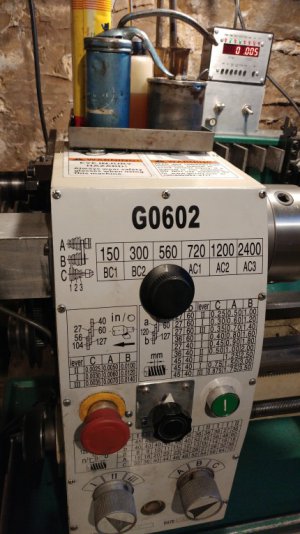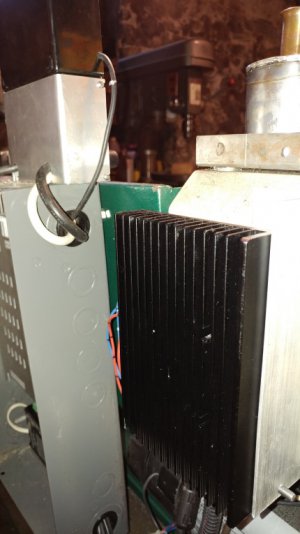- Joined
- Feb 1, 2015
- Messages
- 9,605
There had been some discussion about the suitability of this controller.
 The primary stumbling block was the absolute maximum input voltage of 110 volts, making it unsuitable for use in the US. At the end of last month I ordered one of these through Amazon ( I elected to pay the premium price because of Amazon's return policy and because the estimated shipping time was faster). Yesterday, it arrived and I have put it through some preliminary tests.
The primary stumbling block was the absolute maximum input voltage of 110 volts, making it unsuitable for use in the US. At the end of last month I ordered one of these through Amazon ( I elected to pay the premium price because of Amazon's return policy and because the estimated shipping time was faster). Yesterday, it arrived and I have put it through some preliminary tests.
The controller is essentially plug and play. There are four connections to be made, all through a provided connector; AC in and motor out. A prewired plug for on/off, fwd/rev, and speed is provided. Line voltage here can go as high as 127 volts at times so I powered it through a Variac. At 90 volts in, my motor speed was 3160 rpm (calculated from measured spindle speed and pulley ratios) and at 105 volts in, the motor speed was 3570 rpm.
For a permanent setup, I wound a bucking transformer which allows me to select output voltages in 5 volt increments from 90 volts to 150 volts. I will elect to go with a 105 volt output to provide some margin of safety for the input voltage.
Another concern that I had was possible interference with my electronic lead screw and/or my TouchDRO. So far, there has been no indication of any interference. When the modification is complete, I will post the details in a separate thread but for now this information will hopefully prove useful to others considering replacing their OEM motor with a D.C. brush motor.

AC20-110V 2000W DC Brush Motor Speed Controller Board PWM Spindle f/ PLC L | eBay
Outside PWM: External PWM input for speed governing. Using External PWM s for Speed Governing:4-digit DIP switch is set as "0~5V - PWM"(SW1 - ON, SW2 - OFF, SW3-OFF, SW4-ON SW3-ON SW4-OFF. PWM Duty Cycle Range:0-. ).
www.ebay.com
The controller is essentially plug and play. There are four connections to be made, all through a provided connector; AC in and motor out. A prewired plug for on/off, fwd/rev, and speed is provided. Line voltage here can go as high as 127 volts at times so I powered it through a Variac. At 90 volts in, my motor speed was 3160 rpm (calculated from measured spindle speed and pulley ratios) and at 105 volts in, the motor speed was 3570 rpm.
For a permanent setup, I wound a bucking transformer which allows me to select output voltages in 5 volt increments from 90 volts to 150 volts. I will elect to go with a 105 volt output to provide some margin of safety for the input voltage.
Another concern that I had was possible interference with my electronic lead screw and/or my TouchDRO. So far, there has been no indication of any interference. When the modification is complete, I will post the details in a separate thread but for now this information will hopefully prove useful to others considering replacing their OEM motor with a D.C. brush motor.





